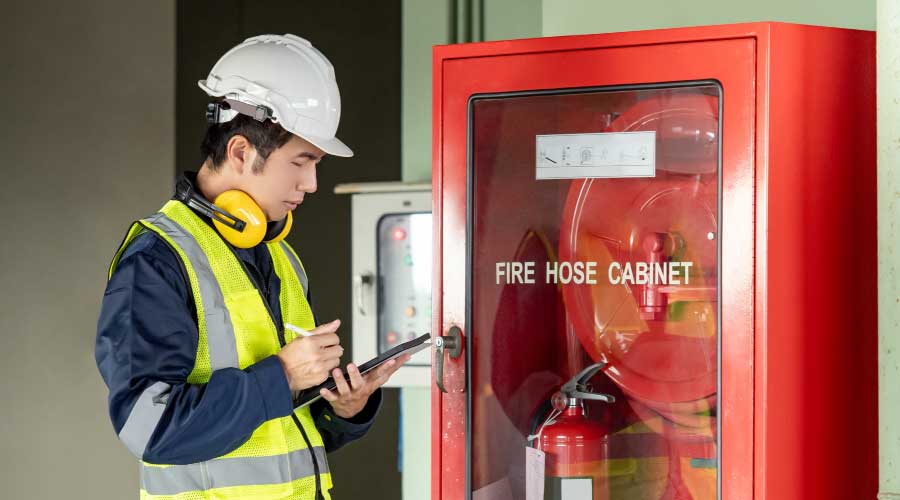How to Use Building Information Modeling in Operations
How does BIM technology translate from theoretical construction models to the real world of operating and maintaining facilities?
Most managers in existing buildings need to manage the influences of daily activities as they oversee the maintenance and operations of these facilities. Typically, their top concern is managing thermal comfort. Managers also must manage the quality of the indoor environment — humidity, lighting, sound, etc. — as well as the quality of services provided, building operating costs, energy use, water use, recycling, and waste reduction. With the rise of reporting mandates, measuring building performance is more important than ever.
Most managers already work with several technologies as they manage facilities. A building automation system (BAS) or building management system (BMS) most often handles the operating of building mechanical and lighting systems. An energy management system, which might be part of the BAS or BMS, handles the energy. In many facilities, integrated work management systems (IWMS) or computerized maintenance management systems (CMMS) support facility management – maintenance activities, work orders, space management, capital planning, personnel, etc.
All of these systems are data-intensive. Anyone who has been involved in implementing them in an existing facility knows that to be truly valuable, they take careful planning, understanding of expected outcomes, detailed data collection, testing, vetting, and training.
While the need for planning and training will never go away, BIM technology and the standards developed around it might offer a way to knit these various systems together. In the standard way of operating, managers have many documents that provide information about facilities: generations of drawings, specification books, operations and maintenance manuals, warranties, system test reports, and other project records.
Seldom are these information sources linked electronically. In all of my years of practice as an engineer, the best and only example I have seen of maintaining design and operations data is one company that maintained master drawings for each of its buildings, as well as each of the major systems within those buildings. The organization also maintained binders for specific systems denoting specific parameters and procedures. Depending on the activities in a given month, it was a part-time to full-time job keeping up with the information. Accessing the information was another matter because it was not always up to date.
Managers certainly understand the need for consistent, accurate, and easily updatable information to help manage facilities, but the technology hasn't always been available to support it in an easy fashion. Managers need a better way to connect the information they have to the management tools they use.
Related Topics:













